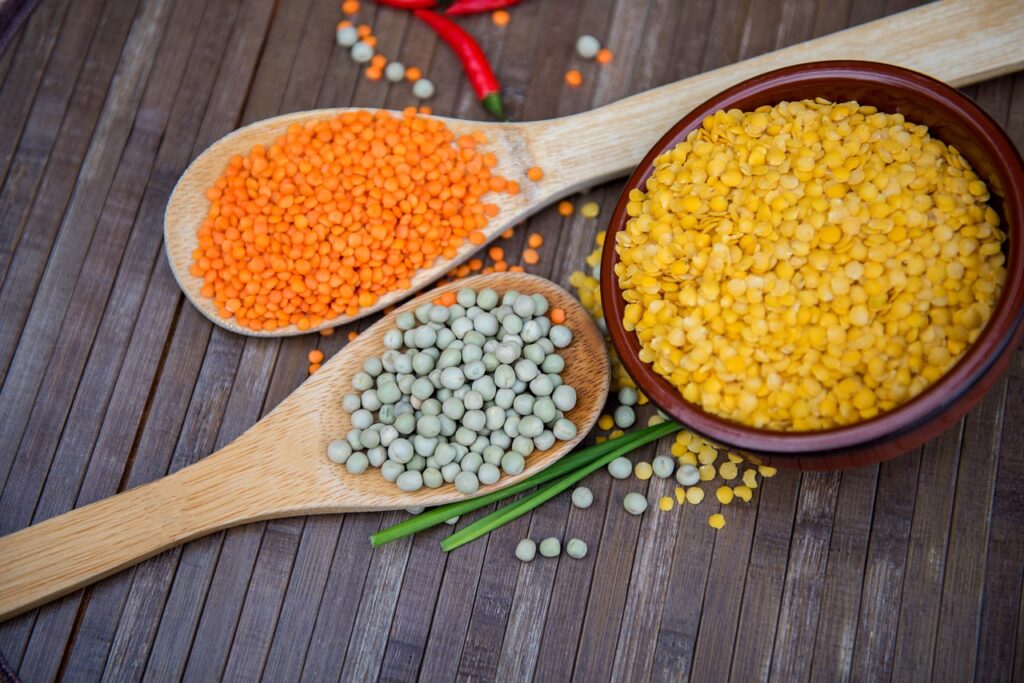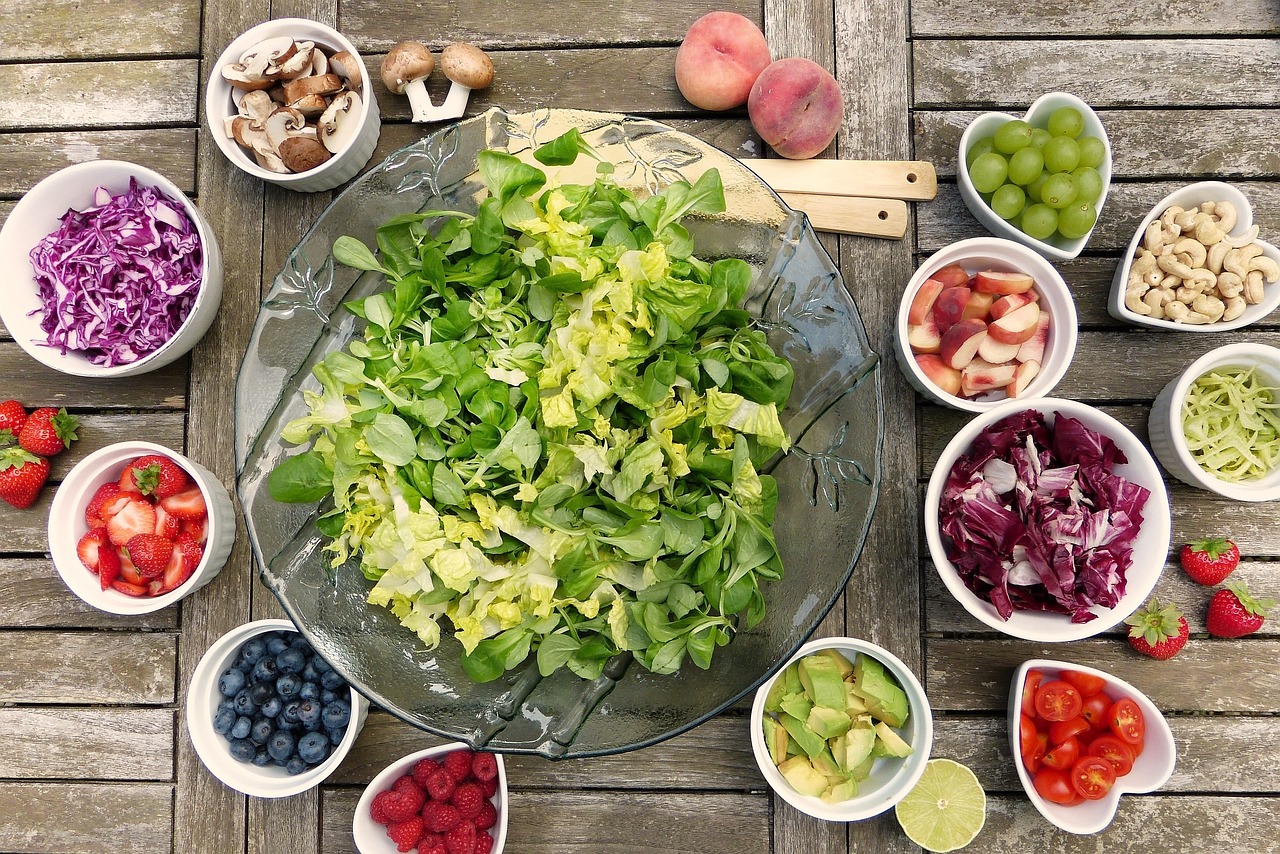Are you ready to embrace a healthier lifestyle with a plant based diet food list? If so, you’re not alone! Plant based diets are becoming more popular as people seek ways to improve their health, reduce their environmental footprint, and enjoy delicious meals. But where do you start? What should you eat, and how can you ensure you’re getting all the nutrients you need? This comprehensive guide will walk you through everything you need to know about a plant-based diet and provide you with a handy food list PDF that you can download and take with you on your journey to better health.

What is a Plant Based Diet?
A plant-based diet focuses on foods primarily from plants. This includes not only fruits and vegetables but also nuts, seeds, oils, whole grains, legumes, and beans. While some people interpret a plant-based diet as vegetarian or vegan, it doesn’t have to be strictly plant-exclusive. The main idea is to prioritize plant foods, which can be consumed alongside animal products in moderation, or not at all, depending on personal choice.
Think of a plant-based diet as a spectrum, where one end is fully vegan, and the other includes small amounts of animal products. Wherever you fall on that spectrum, the goal is to center your meals around nutrient-rich, whole plant foods.
Benefits of a Plant Based Diet
Why choose a plant-based diet? There are numerous benefits, both for your health and the environment:
- Improved Health: A diet rich in plants is associated with lower risks of chronic diseases such as heart disease, diabetes, and certain cancers. It’s also great for weight management.
- Environmental Impact: Plant-based diets have a lower carbon footprint compared to diets heavy in animal products, making them more sustainable.
- Ethical Considerations: Reducing or eliminating animal products can align with personal values regarding animal welfare.
Switching to a plant-based diet is like giving your body premium fuel. Just as a high-performance car runs best on the right kind of gas, your body thrives when it’s nourished with whole, plant-based foods.
Plant Based Diet vs. Vegan Diet: What’s the Difference?

You might be wondering, isn’t a plant-based diet the same as a vegan diet? While they share similarities, they are not identical:
- Vegan Diet: Excludes all animal products entirely, including dairy, eggs, and honey. It’s as much a lifestyle choice as it is a diet.
- Plant-Based Diet: Focuses on eating mostly plants, but doesn’t necessarily exclude animal products entirely. Some plant-based eaters may occasionally consume meat, fish, or dairy.
In essence, all vegan diets are plant-based, but not all plant-based diets are vegan. The key difference lies in the level of restriction and the inclusion of animal-derived products.
Key Nutrients in a Plant Based Diet

One common concern about plant-based diets is whether they provide all the necessary nutrients. The good news is that with proper planning, you can meet your nutritional needs. Here are some key nutrients to pay attention to:
- Protein: Found in beans, lentils, chickpeas, tofu, tempeh, and quinoa.
- Iron: Leafy greens, lentils, and fortified cereals are good sources. Pairing with vitamin C-rich foods enhances absorption.
- Calcium: Available in fortified plant milks, tofu, and leafy greens like kale and broccoli.
- Vitamin B12: Often supplemented, as it’s mostly found in animal products. Fortified foods can also be a source.
- Omega-3 Fatty Acids: Flaxseeds, chia seeds, walnuts, and algae-based supplements provide this essential nutrient.
Eating a variety of these nutrient-rich foods ensures your body gets what it needs to function at its best.
Essential Foods for a Plant Based Diet

Now, let’s dive into the heart of the matter—what should you be eating on a plant-based diet? Here’s a breakdown of essential food groups:
- Fruits and Vegetables: The cornerstone of any plant-based diet, providing vitamins, minerals, fiber, and antioxidants.
- Whole Grains: Brown rice, quinoa, oats, barley, and whole-wheat products are excellent sources of complex carbohydrates and fiber.
- Legumes: Beans, lentils, chickpeas, and peas are packed with protein and fiber.
- Nuts and Seeds: Almonds, walnuts, chia seeds, flaxseeds, and sunflower seeds offer healthy fats and protein.
- Plant-Based Proteins: Tofu, tempeh, seitan, and edamame are versatile protein sources.
These foods should form the bulk of your diet, ensuring you get a balanced intake of essential nutrients.
How to Build a Balanced Plant Based Meal
Creating a balanced plant-based meal is simpler than you might think. Follow this easy formula:
- Start with Vegetables: Fill half your plate with a variety of colorful veggies.
- Add a Whole Grain: Make a quarter of your plate whole grains like quinoa, brown rice, or whole-wheat pasta.
- Include a Protein Source: The remaining quarter should be a plant-based protein like beans, tofu, or lentils.
- Top with Healthy Fats: Add a small amount of nuts, seeds, or avocado for healthy fats.
This method ensures you get a variety of nutrients in every meal, keeping you satisfied and energized.
Shopping Tips for Plant Based Eating
Shopping for a plant-based diet doesn’t have to be overwhelming. Here are some tips to help you navigate the grocery store:
- Stick to the Perimeter: Focus on the fresh produce, whole grains, and plant-based proteins found along the store’s perimeter.
- Read Labels: Look for products labeled “whole grain,” “unsweetened,” and “low sodium.” Avoid highly processed foods with long ingredient lists.
- Buy in Bulk: Stock up on staples like beans, lentils, grains, and nuts from bulk bins to save money.
- Seasonal and Local: Choose fruits and vegetables that are in season and locally sourced for the freshest and most nutritious options.
With these tips, you can confidently shop for all your plant-based essentials.
Meal Planning and Prep for Success

Successful plant-based eating often starts with good planning. Here’s how you can set yourself up for success:
- Plan Your Meals: Take time each week to plan your meals, making sure to include a variety of plant-based foods.
- Prep in Advance: Prepare ingredients like grains, beans, and vegetables in advance to make meal assembly quick and easy during the week.
- Batch Cooking: Cook large quantities of soups, stews, and casseroles that can be portioned out for meals throughout the week.
- Use Leftovers: Repurpose leftovers into new meals to save time and reduce waste.
Meal planning and prep are like assembling a toolkit for success—they make it easier to stick to your plant-based goals.
Common Myths About Plant Based Diets
There are plenty of myths surrounding plant-based diets. Let’s debunk a few:
- Myth 1: You Can’t Get Enough Protein: As mentioned earlier, plant-based diets can provide all the protein you need when properly planned.
- Myth 2: Plant-Based Diets Are Expensive: While some specialty items can be pricey, staples like beans, grains, and seasonal produce are often cheaper than meat and processed foods.
- Myth 3: It’s Hard to Find Plant-Based Options: With the rise in popularity, many restaurants and food brands offer plant-based options.
Understanding the facts can help you make informed choices and stick with your plant-based lifestyle.
FAQs About Plant Based Diets
1. Is it hard to switch to a plant-based diet?
Transitioning to a plant-based diet can be challenging, but starting with small changes, like adding more vegetables to your meals, can make the process easier.
2. Do I need to take supplements on a plant-based diet?
While most nutrients can be obtained from food, supplements like Vitamin B12 and Omega-3 fatty acids may be necessary, depending on your dietary choices.
3. Can I eat out on a plant-based diet?
Absolutely! Many restaurants now offer plant-based options. Don’t hesitate to ask for modifications to make a dish plant-based.
4. Is a plant-based diet suitable for children?
Yes, with proper planning, children can thrive on a plant-based diet. Ensure they get a variety of foods to meet their nutritional needs.
5. What if I miss meat on a plant-based diet?
It’s normal to crave familiar foods. Try plant-based meat alternatives or focus on creating satisfying and flavourful meals with the foods you love.
Switching to a plant-based diet is a powerful step towards better health and a more sustainable lifestyle. With this guide and your free Plant-Based Diet Food List, you’re well on your way to a healthier, happier you!
